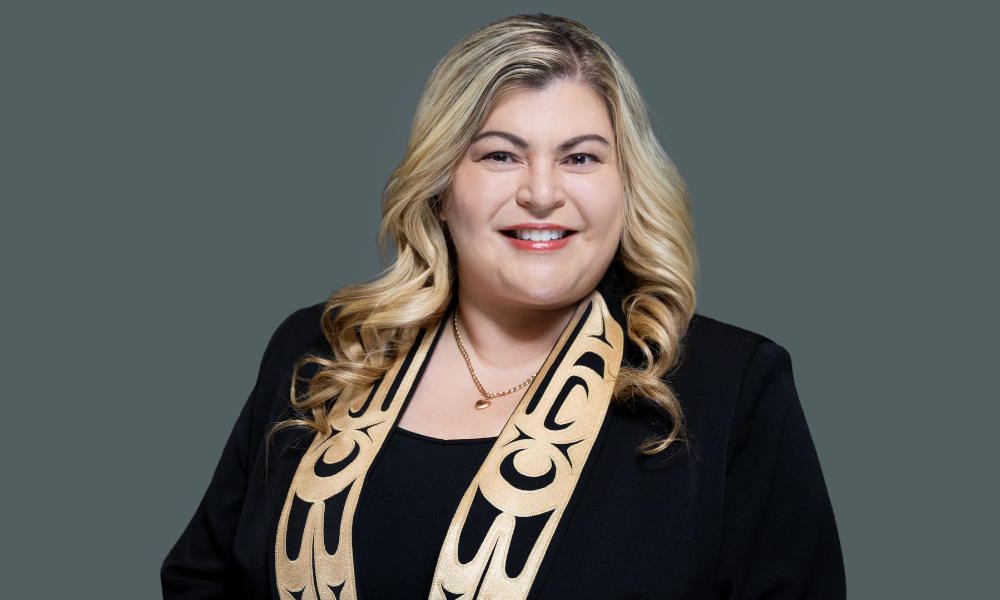
Indigenous inmate population has grown by 18.1% in last decade: report

The Canadian Bar Association announced on June 21 – National Indigenous Peoples Day – that it had received funding from the Government of Canada to expand its cultural awareness training to focus attention on the societal factors and historical context leading to Indigenous overrepresentation in the criminal justice system.
The CBA will add a new module to their existing online course: “The Path: Your Journey through Indigenous Canada.” The new module will address the systemic issues leading to Indigenous overincarceration. It will also add a section to the CBA Truth and Reconciliation website providing resources on the issue for lawyers, other legal professionals, and the public. The new resources and training will be available in early 2023.
The training will “explore adaptive strategies informed by the Gladue Principles,” said the CBA’s announcement. The Gladue Principles come from a 1999 Supreme Court of Canada decision and require judges to consider the unique systemic factors that have led a particular Indigenous offender to the courts and to consider appropriate alternatives in sentencing.
Celeste Haldane is Chief Commissioner of the BC Treaty Commission and serves on the CBA’s Indigenous Advisory Group.
“This is an opportunity for the CBA, to continue to support all lawyers across the country, as well as practitioners, to provide at least some baseline information when it comes to Indigenous peoples in Canada and the history of colonization, as well as some of the judicial history leading up to how Gladue came to be,” she says.
These resources will help those trying to navigate a complicated criminal justice system and ensure access to justice for some of the most marginalized people in Canada, Haldane says.
The CBA’s Indigenous Advisory Group – Criminal Justice will review the training and materials and provide feedback. The curriculum was developed by NVision Insight Group, an Ottawa- and Iqaluit-based Indigenous consulting firm.
While representing less than 5% of the Canadian population, Indigenous people comprise 32% of the federal corrections population and nearly half of all federal female inmates are Indigenous, said a report from the Office of the Correctional Investigator, released last December.
The increase of incarceration among Indigenous women is a “real concern,” says Haldane. “If you think about the implications to community and family, that's quite, quite scary from my perspective.”
The numbers are trending toward higher rates of overrepresentation. In the last decade, the non-Indigenous incarcerated population shrank by 28.26%. But the Indigenous inmate population grew by 18.1% over the same period.
“On this trajectory, assuming overall declines in new admissions to custody, Canada will reach historic and unconscionable levels of Indigenous concentration in federal penitentiaries,” said Correctional Investigator, Dr. Ivan Zinger. “Over-representation of Indigenous people in correctional settings remains one of Canada’s most pressing human rights issues, and is evidence of public policy failures over successive decades as no government has been able to stop or reverse this trend.”
Dr. Zinger called on the federal government and the Correctional Service of Canada to create a deputy commissioner for Indigenous corrections. The new role would redirect resources from corrections to Indigenous communities so they could own and operate healing lodges and other community-based services.
The CBA’s announcement of the funding included a statement from Minister of Justice and Attorney General of Canada David Lametti. “Indigenous peoples are alarmingly overrepresented in Canada’s criminal justice system. Creating and improving cultural awareness within the legal profession is critical to bringing meaningful and lasting change in the system,” he said.
“The CBA’s cultural awareness training supports efforts improve access to justice and fairness in our criminal justice system, and help advance our work to respond to the national tragedy of missing and murdered Indigenous women, girls and 2SLGBTQQIA+ people.”